It may be the ingrained image of glamour that we associate with the fashion industry, but the image of Peggy Sue Deaven-Smiltnieks, knee deep in mud, shearing a sheep, was not what I expected from the most recent recipient of one of Canada’s biggest design awards. Peggy Sue, the mind behind Peggy Sue Collection, isn’t just a designer. Yes, she’s got the formal training from RISD and years of cutting her teeth in the New York fashion industry, but for her new line, she’s stepped into the role of curator. She’s nurtured relationships with weavers, farmers, pattern-makers, millers, and dyers across North America, bringing these creators together to create a cohesive, environmentally conscience line of knits. But the line riffs far from the usual notion of eco-chic garments – it’s made up of sumptuous knits, well-tailored dresses, and over-sized outerwear. DEUX HOMMES caught up with the designer in Toronto to discuss her stellar debut collection, and the importance of keeping things home grown.
Can you tell us about why your line is Canadian-focused?
I’m actually from Los Angeles originally! I grew up with eternal sunshine and seventy degree Fahrenheit weather all the time. Then I went to school at RISD, in Rhode Island, and I really started to fall in love with the changing of the seasons and the cold weather. I loved the change in the seasons because you could actually see nature in movement and I loved the cold weather because as a clothing designer, your wardrobe has to function. Growing up in California, I had never really experienced that need to function.
And then I met this wonderful Canadian man, and we decided to get married and live happily ever after. So then I started visiting him at school in Ottawa, Canada, and realizing that the cold weather is even colder, and the clothing REALLY had to function. It was the best challenge in making a piece of clothing that not only looks good and feels good, but also something that was functional and will keep you warm from the cold. It was the epitome of good design all around.
The idea of moving to a locale that really put a premium on their outerwear, both functionally and aesthetically for me was an exciting and holistic challenge.
That’s why it was so special to do my most recent collection. It was just an Ontario collection: it seemed like a cohesive, holistic design win to provide warmth for the locale by the locale. Everything was sourced from the local fibre shed. There was something very poetic about the fact that this is a cold weather region and the fibre shed actually supports cold weather clothing.
How did you end up in fashion?
I just ended up in fashion because I really loved the fact that we have to live in clothing every single day. North America isn’t becoming a nudist colony anytime soon. I love the idea that if you think about it, clothing represents other people’s lives and lively hood, and I grew attracted to the idea that we were clothing ourselves in other people’s lives and livelihood, it seemed like an exciting challenge to get to then create clothing that people got to live their lives in, and it actually supported and improved the people’s lives – your neighbors essentially.
What really drew me to the brand was how you don’t only utilize different Ontario farmers’ products, but you bring in different artisans – like Spoonflower and Thea Haines. Can you tell me a bit about your collaboration with different artisans?
When we came to the community here in Ontario, it was all about getting to know the incredible people of the area. I took classes with Thea Haines [an organic dye master], visited all of the guilds and visit them regularly to this day to see what they’re doing and how they’re doing. I’m constantly looking for local artisans who are skilled at what they are doing, but are looking for the opportunity for those who are looking to grow it into a larger, sustaining business and income. I find that incredibly talented artisans who are not able to support themselves only on their artistry, so therefore it gets relegated to sort of a hobby, rather than a career.
I’m really lucky to have these artisans like Thea and Debra [my weaver] as support, which is looking to turn it from a hobby into a business. It’s exciting to see. At the end of the day, clothing can be art, if you let it be. If you have the time to give that understanding and knowledge to it. It can be an incredible mode for supporting artisans and creators within our community.
Her label in five words:
Intelligent: as a reflection of both the garments as well as the women who wear it.
Fearless: because that’s what it takes for these women to put it on, to be bold and courageous.
Community: because it all represents the larger community scale of the landscape.
Natural: because all the colors are natural, none of them have been dyed which is a lot of fun to see that colors grow naturally in nature. I think something that is really important that we strive for is our fit. I guess tailored would be the correct word then.
Which are your favourite pieces?
Definitely the last piece down the runway – that swing coat. It has all the fibers of the collection. All of them. It’s a holistic representation of all of the colors of Ontario and all the fibre types. The weaver I work with, Debra, from Upper Canada weaving, she learnt weaving based on Historical patterns. She does reconstruction for museums. She loves to take these historical patterns and riff off them. She’ll meld them together and take them further. When we get together, it’s so much fun. The coat is three separate patterns that she married together. I was graphing out this plane to figure out the logistics, and we were strategically planning out this fabric. The fun thing for me too is the fit of the coat – it’s made for a North American woman. It can accommodate a broad set of shoulders and a muscled bicep, which is hard for my customers. Women who have bodies that are easy to fit can wear anything. Women who have those bodies with hard to fit figures are constantly forced to negotiate with their clothing. They have to have those internal dialogues. For me, there’s nothing more exciting than seeing one of those women who’s always struggling put on my clothing and have it really fit their body beautifully. All of a sudden she feels special and gorgeous and it’s so satisfying. That coat is made to fit and flatter the female form.
The funny thing is the whole collection came home with me. We had everyone over that night, friends from New York and Seattle and local friends. And everyone tried on everything. And the shocking thing was my friends aren’t model shaped, their real woman shaped. It was so neat to see all these garments still look good on all these body types and sizes. With knits, there’s more of flexibility with fit.
Can you explain about the importance of keeping things local?
I’m out on farms often; I’m knee deep in the agriculture because it’s really me trying to give an authentic depiction of what our bio region in Ontario has to hold.
It often seemed like a missed opportunity to put Ontario at the forefront of my TFI New Labels collection because it’s such an incredible platform for the fashion industry. The industry leaders and attendees get to see the potential Ontario holds. Even some of the people here were surprised that yes, we have Alpaca in Ontario and yes, their wool come in all these colors naturally. It was a very exciting opportunity to make that connection.
As well, I knew that a lot of individuals in the supply chain needed a really great way to connect one side of the coin with the other, if you will. I think the importance of keeping things local, especially when you’re presenting the local environment with the local consumer, is the educational opportunity. Not everyone can go up to a farm or know where to go for certain types of colors and so on. It’s very exciting as a designer to potentially unlock that for people. It certainly makes my job more fulfilling and meaningful. To get to connect all o that. Because there is no local, farmer’s market for fashion. It’s what I endeavor to do with my clothing essentially. I think sometimes, with globalization, it’s very easy to put on clothing and not know where it comes from or whose lives are being affected, or to be aware of the justices and injustices that are going on so it was really exciting to see people in the audience get to connect with my fibre farmers, or my weaver, or my spinner. They were able to see each other face to face. In the other direction, how exciting to see my flock of sheep on someone’s bodies and keeping them warm and making them feel good about themselves. It was this beautiful connection.
What drew you to working with knits?
Right now, the Ontario supply chain is such that yarns are the most traceable of the raw material that Ontario can produce. As well as the sweater culture of Canada has this beautiful heritage, so it seems so appropriate to marry the two and create these comfortable pieces that are sexy, but also more freeing to see a woman put a piece on her body and have it fit, and have her feel like she’s being covered in something beautiful. It was really exciting to see knits so r of bring this together. I know people are very attracted to seeing the life that a knit has. A knit on a hanger doesn’t have the same hanger appeal as a tailored woven, and it really is essential for a body to be in the knit for the knit to work. It really is a lovely symbiotic relationship – the garment can’t resist without the wearer and the wearer really makes the garment.
There was something really special in seeing the two needing to come together to make something one and holistic and exciting.
Your knit-wear centric line may be more catered to the colder months – what are your plans for your Spring/Summer offerings?
I’m working on our Spring/Summer right now – our cottons are from the Texas organic cotton co-op, and they are milled in north and South Carolina, and they’re pure and undyed but people are still having trouble with the undyed factor. I’ve had a lot of health issues in my family from toxins and I refuse to put toxins on other women’s bodies. So we’re going to continue working with Thea [Haines] and other dye artists and try to produce natural dyes that on a scale large enough for a collection.
In one of the most triumphant moments of her career to date, the Peggy Sue collection is coming off winning Canada’s largest design competition, TFI New Labels, which sends competitors through a rigorous six month preparation that culminates in a runway competition. How was that experience?
It was truly exciting competition and just incredible, life changing really. It was six months, non-stop. You stop to sleep and eat sometimes [laughs], when the situation allowed. Getting to have the critique and criticism and feedback from these industry leaders, as well as Susan Langdon [head of TFI New Labels], as the go between, was pretty monumental. Yes, you’re actively creating and working like a crazy person, but then to have a check in once a month with the industry leaders, which really helps you very quickly to edit, and hone your craft and skill set that helps you reach your goal and target market in the most effective manner possible.
What I thought it was a great collection when I started only got better. The judges really helped me to unpack everything, question it, turn around and re-questioned it. There was one point that I had all this cotton in its undyed form. The judges said, “We totally get this and we understand it, and we know it’s organic, but it kind of looks like muslin. It’s not really standing up to these bold wovens and sumptuous knits.” They thought I was having too broad a conversation and I need to edit it down and have my conversation in small chunks.
It was great to have those authoritative figures have really lovely rational conversations with you about your art form that you’re so passionate about. The competition, yes it was technically a win, but on the whole, win or lose, it was a win, because as a brand and as a designer, I grew.
The night of the win, she celebrated her win surrounded by her friends, family, and of course, her collection.
The funny thing is the whole collection came home with me. We had everyone over that night, friends from New York and Seattle and local friends. And everyone tried on everything. And the shocking thing was my friends aren’t model shaped, their real woman shaped. It was so neat to see all these garments still look good on all these body types and sizes. With knits, there’s more of flexibility with fit.
So where will the future lead the Peggy Sue collection?
I would really like to see my label continue to support the local fibre shed. I would like to marry the concept even further of people purchasing clothing that directly goes back to the local economy and supports it as well as see relationships grow between fibre farmer and consumer. When I go out to these farms when there’s a shearing or another local event, I ask them if I can invite people from my community, people who buy my clothing, because it really is a neat, holistic way to become very deeply integrated into your community. How fun would it be to go visit the sheep that your coat came from?
Like some of the lambs – they’re so adorable and cuddly and you can go up to pet them and see that well, this animal is healthy and happy therefore their fibre healthy, and you can see how beautiful it is and so exciting – to think that because I’m wearing this clothing, I can support the health of this animal.
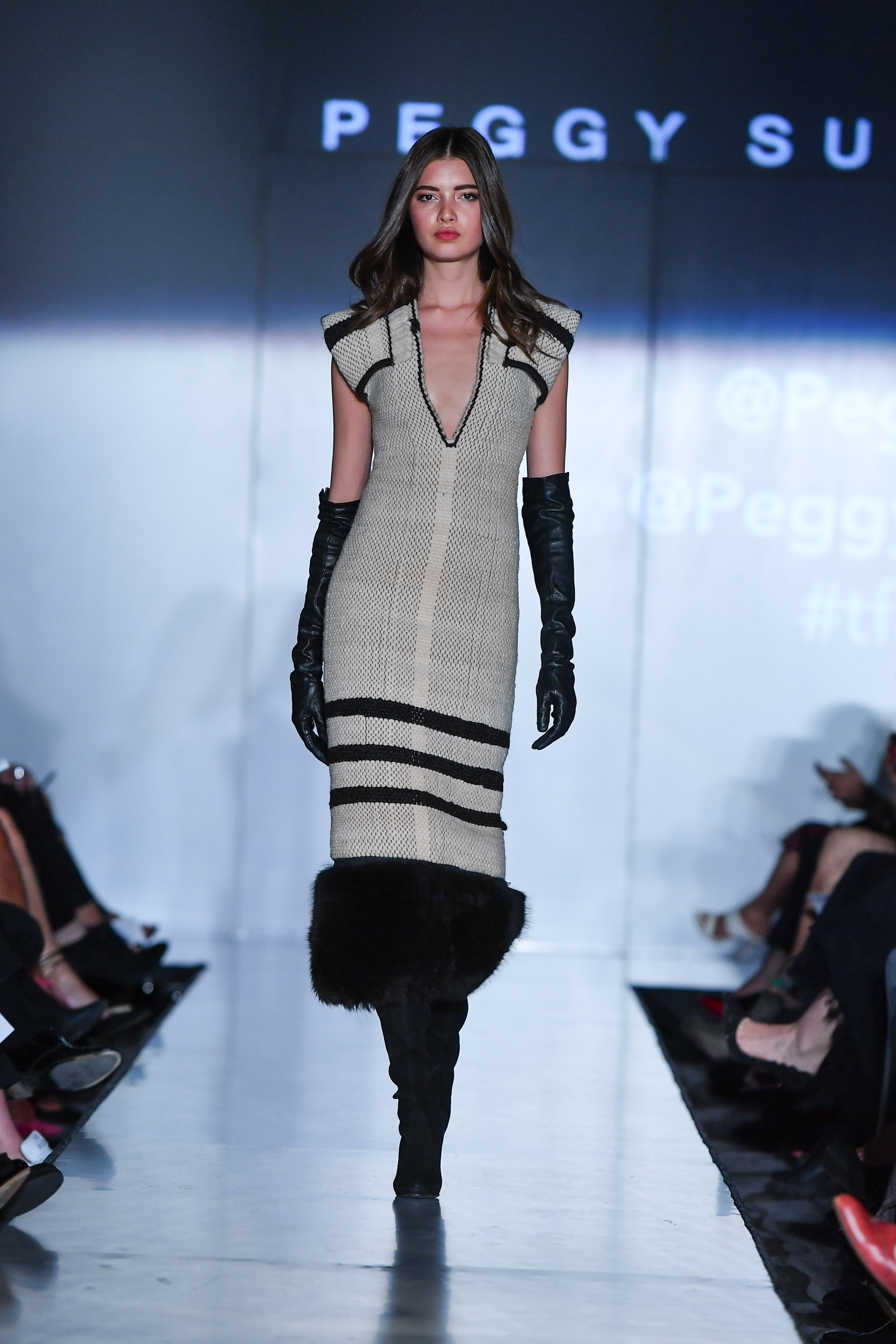

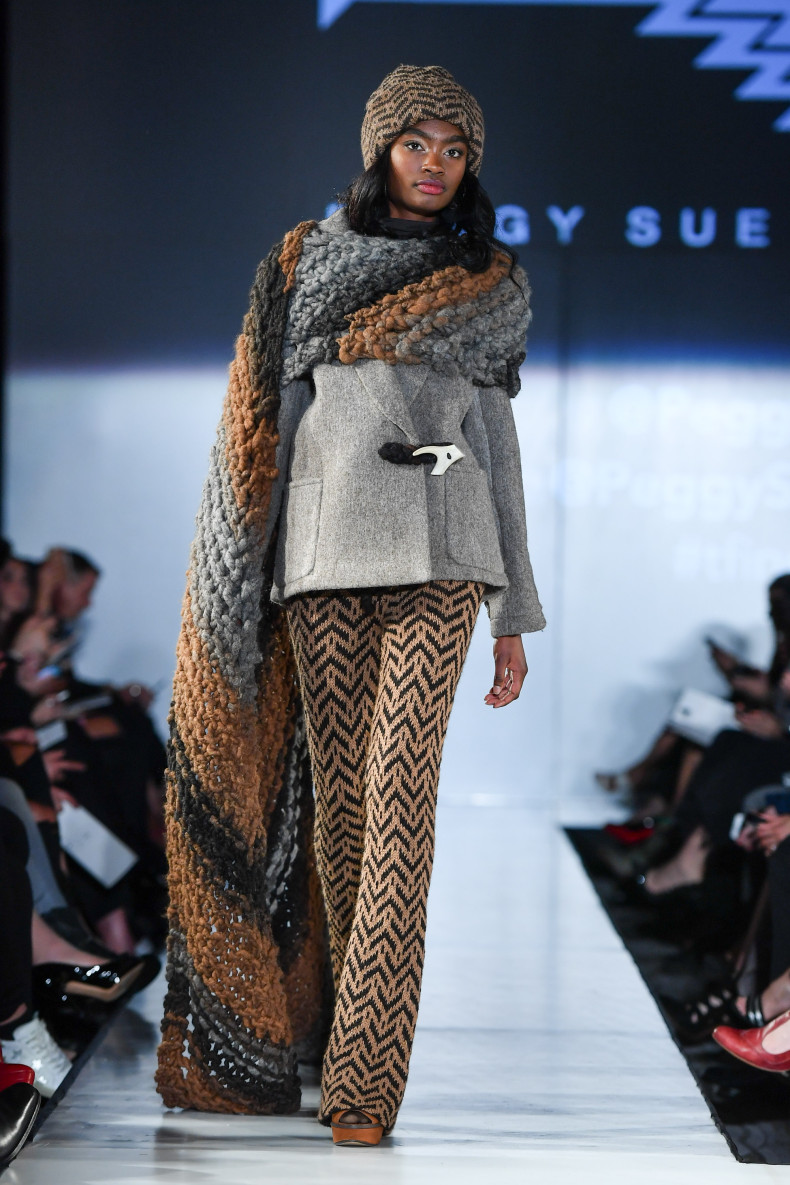

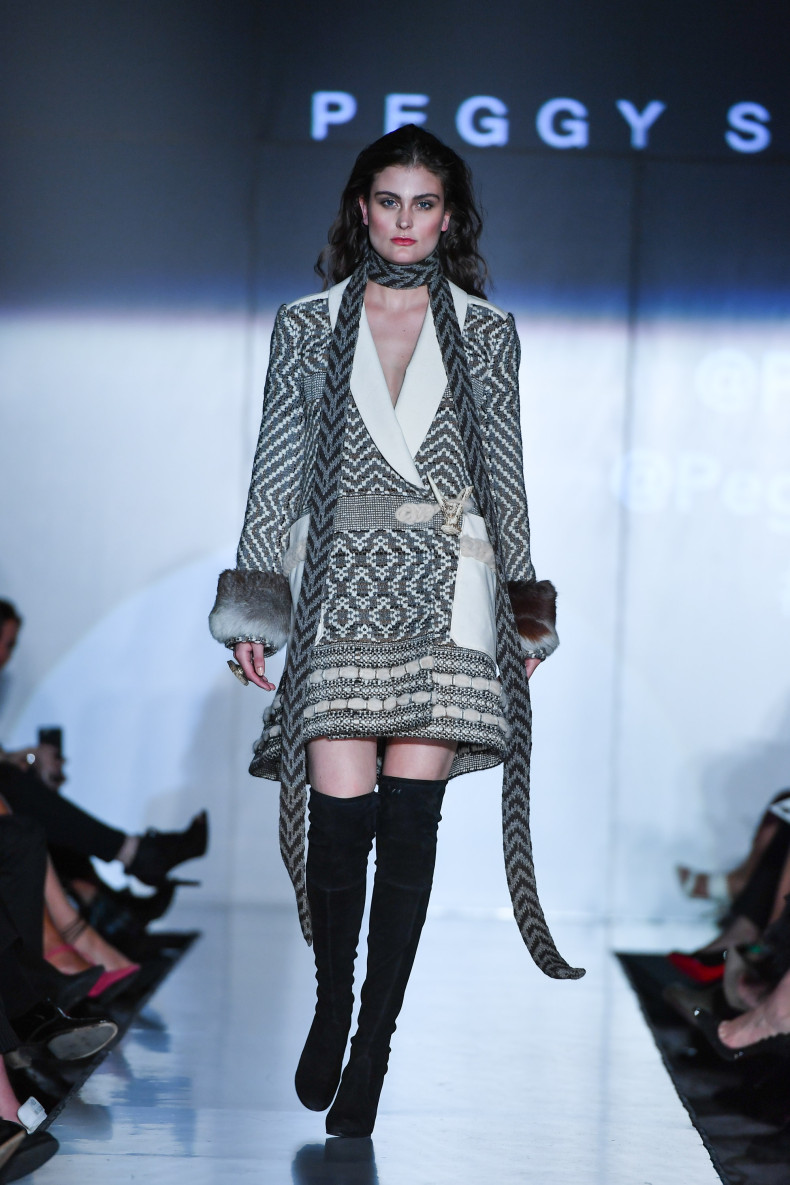
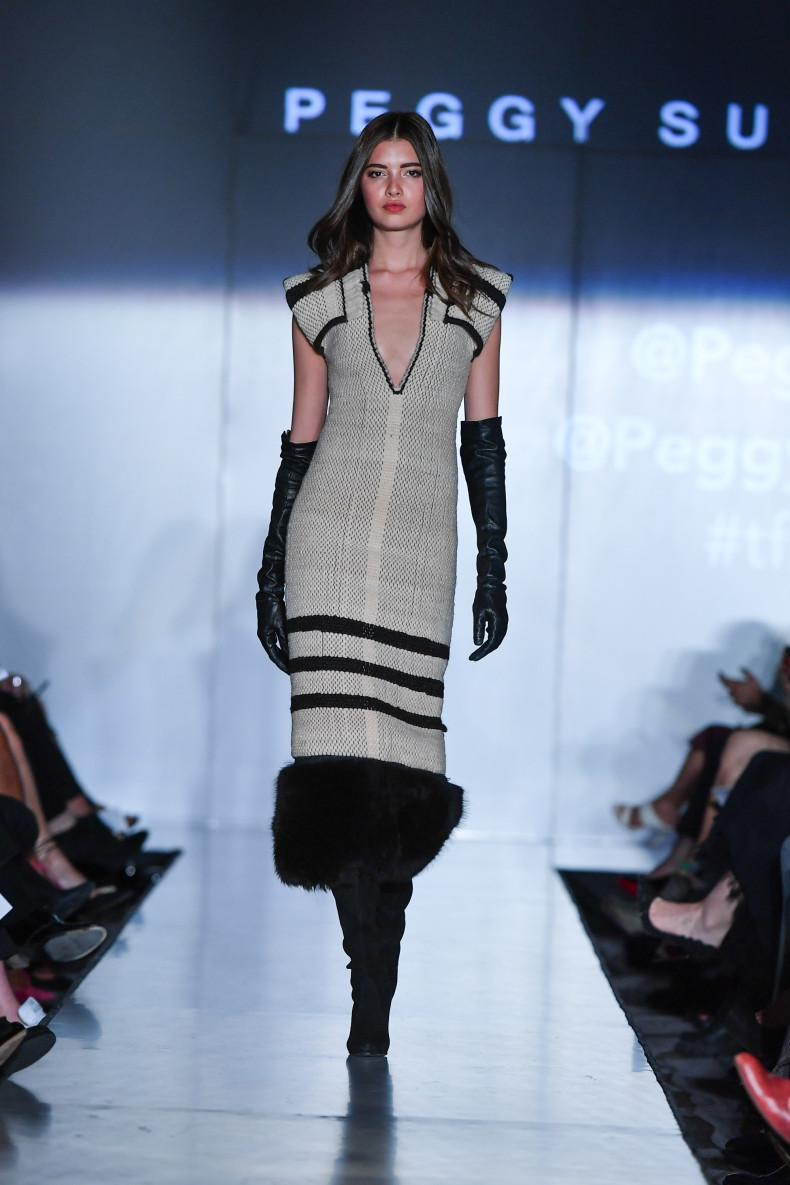

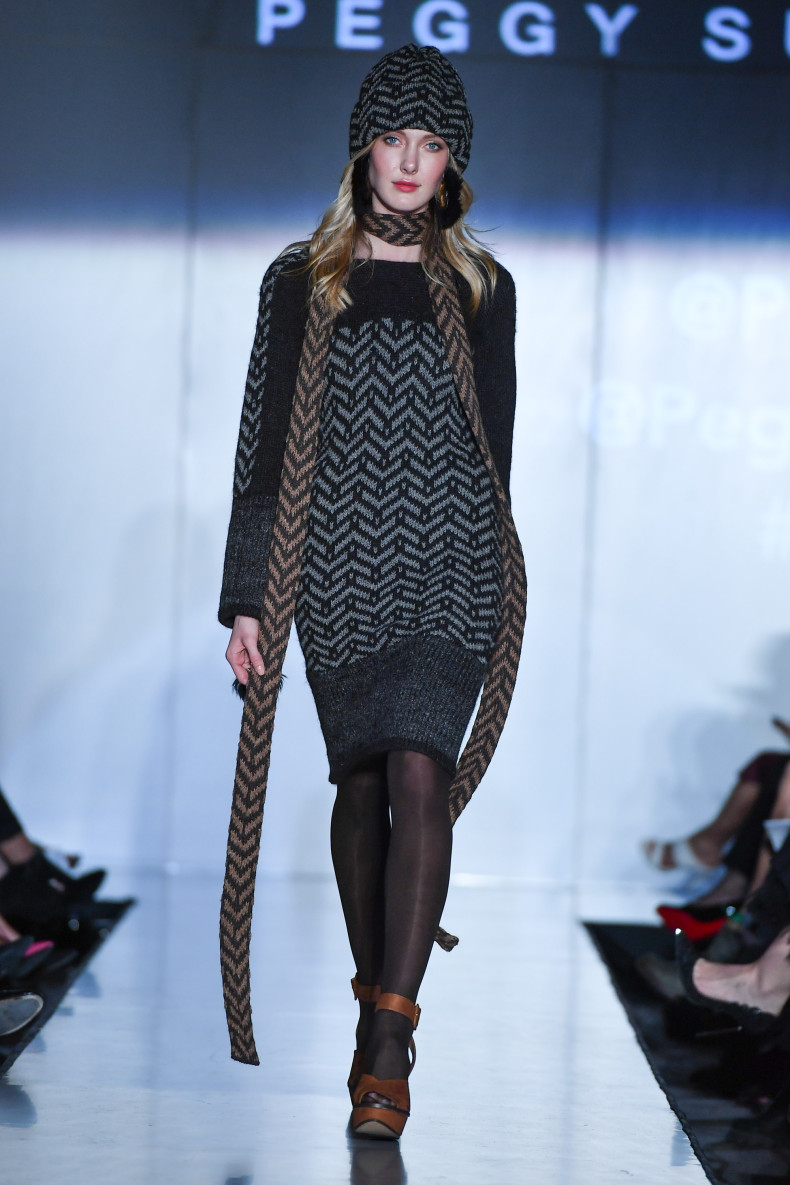

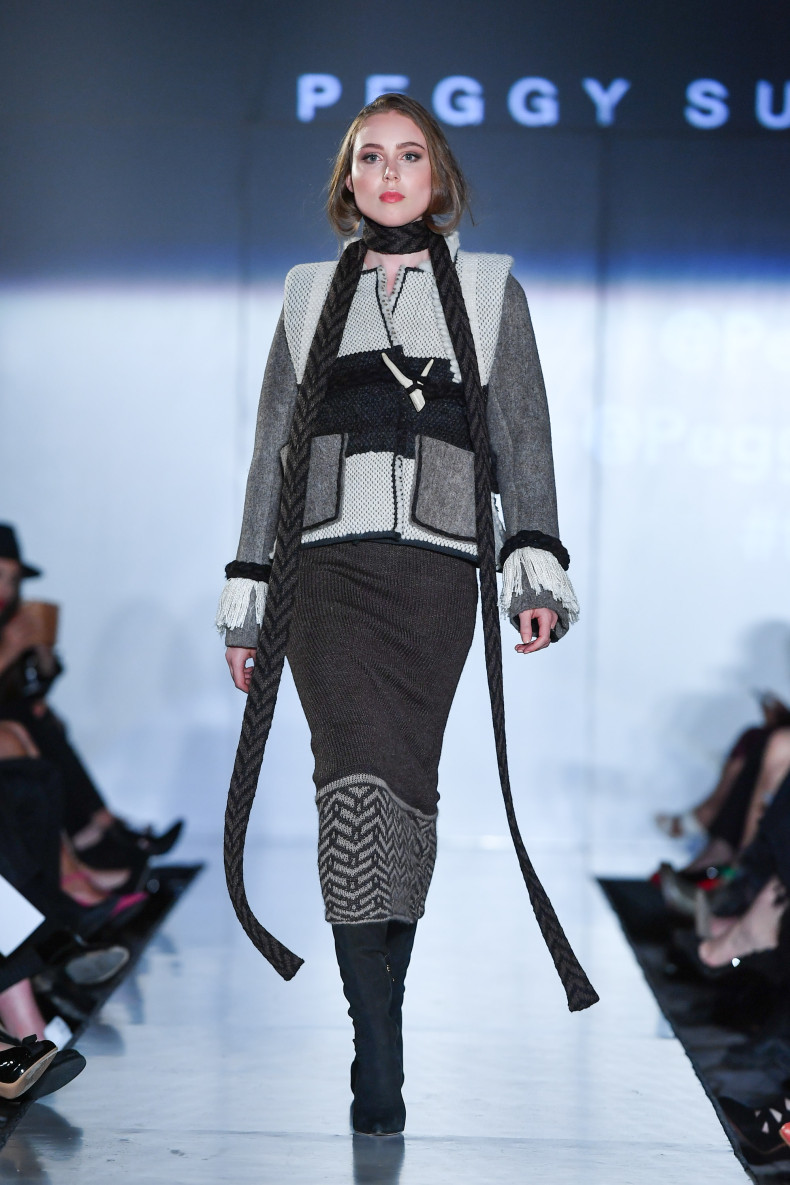
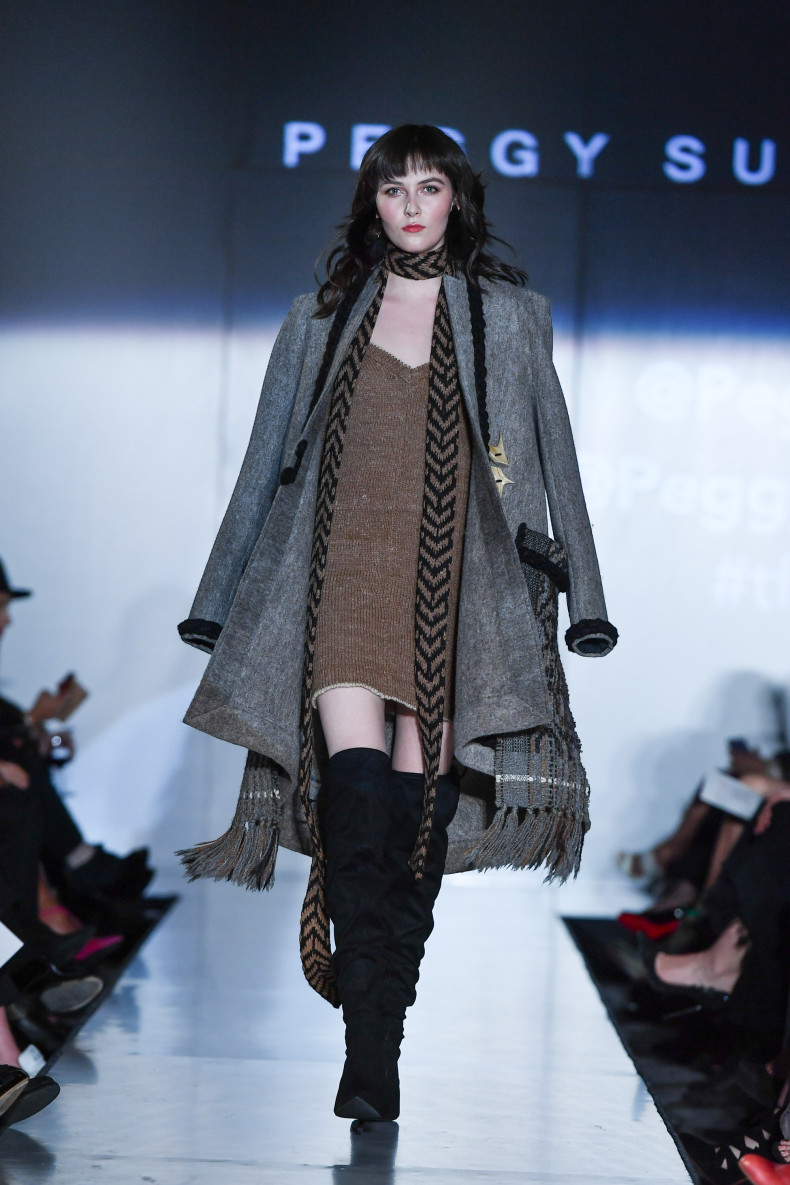

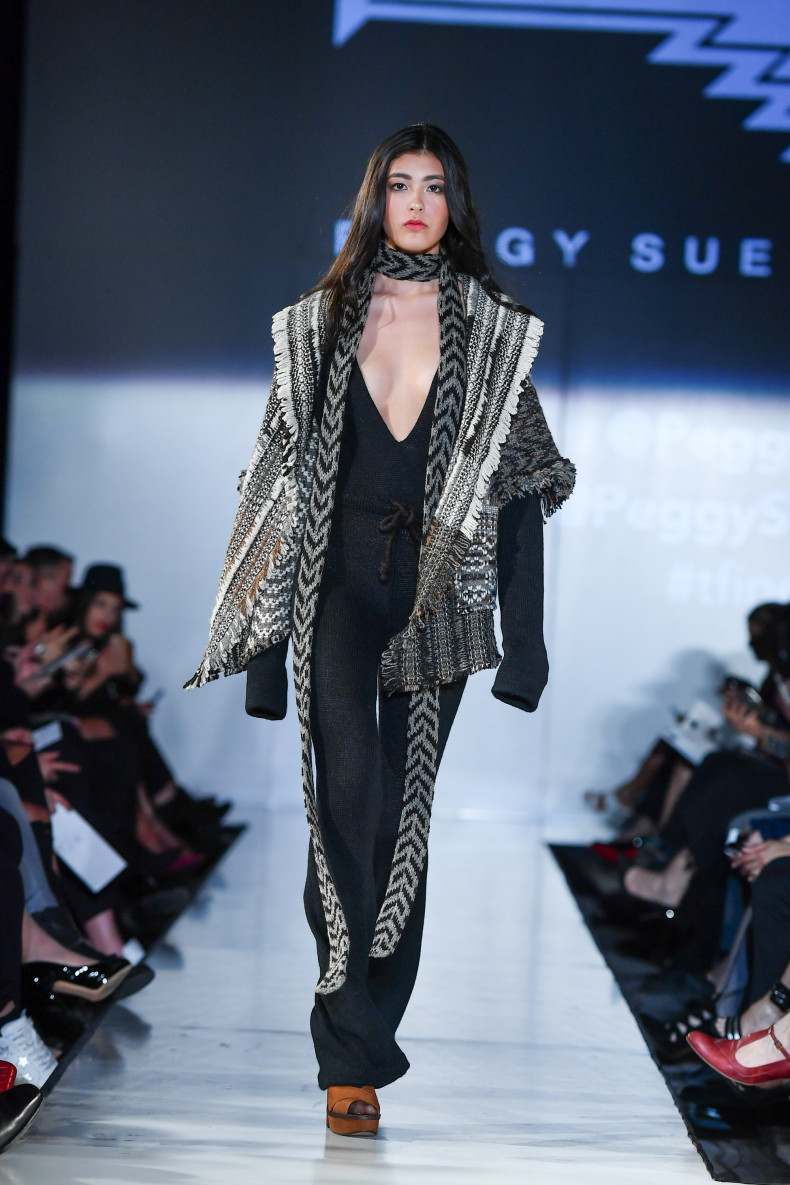
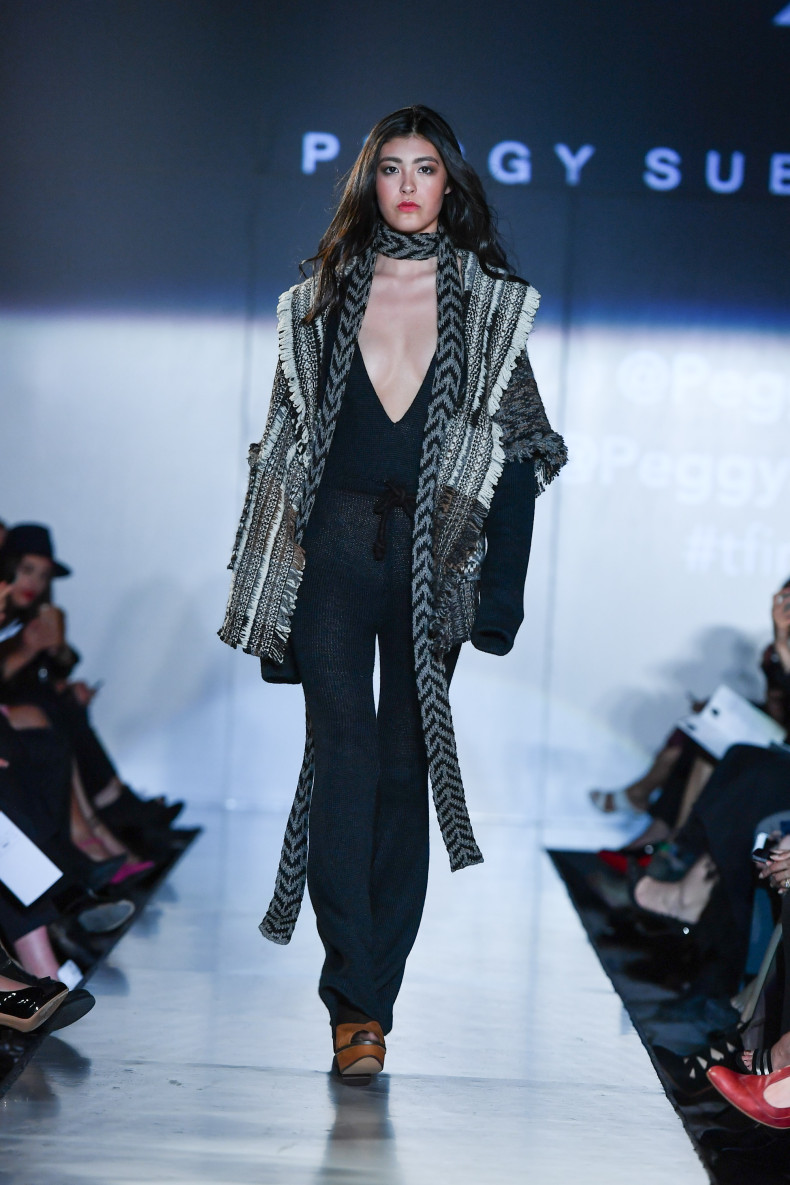


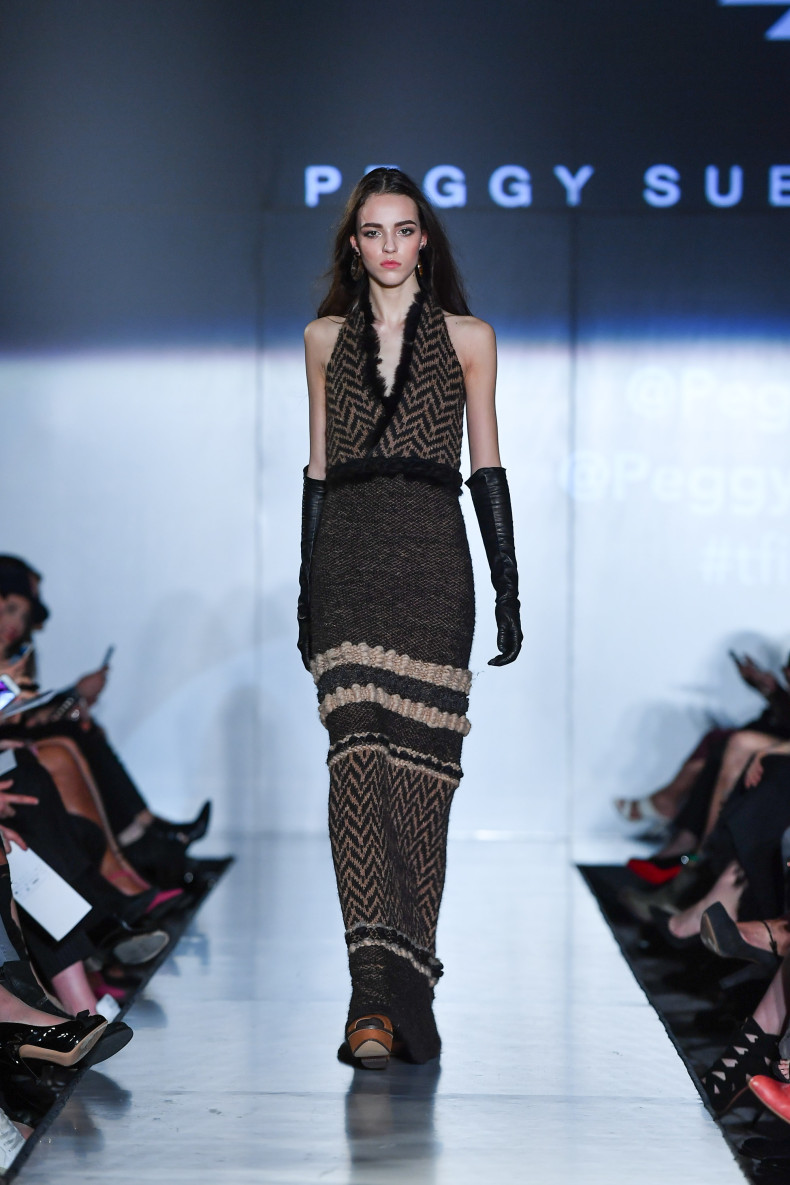
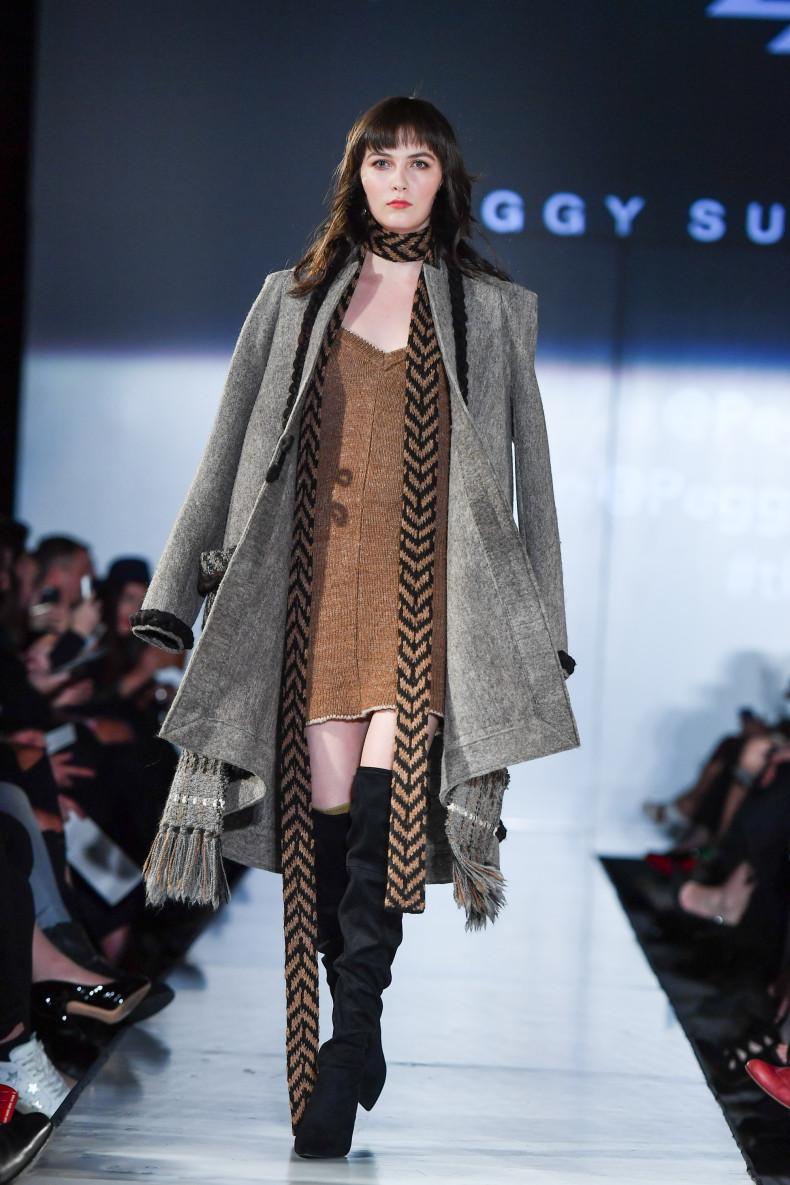
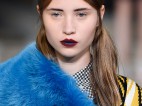
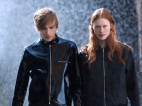
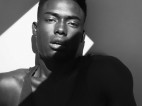

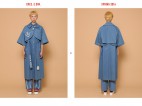

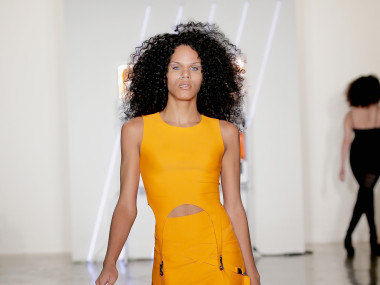
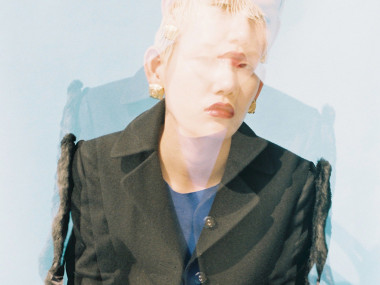
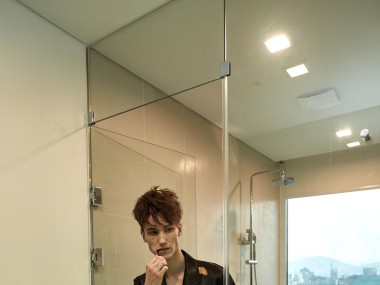
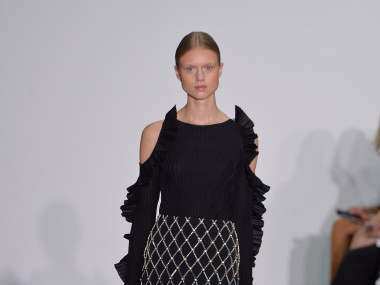
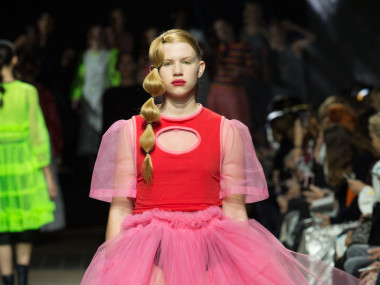
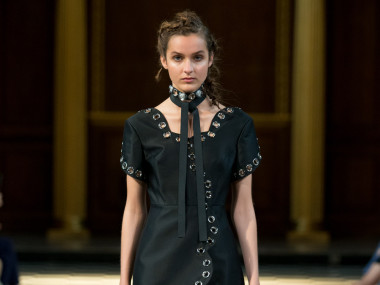
Comments